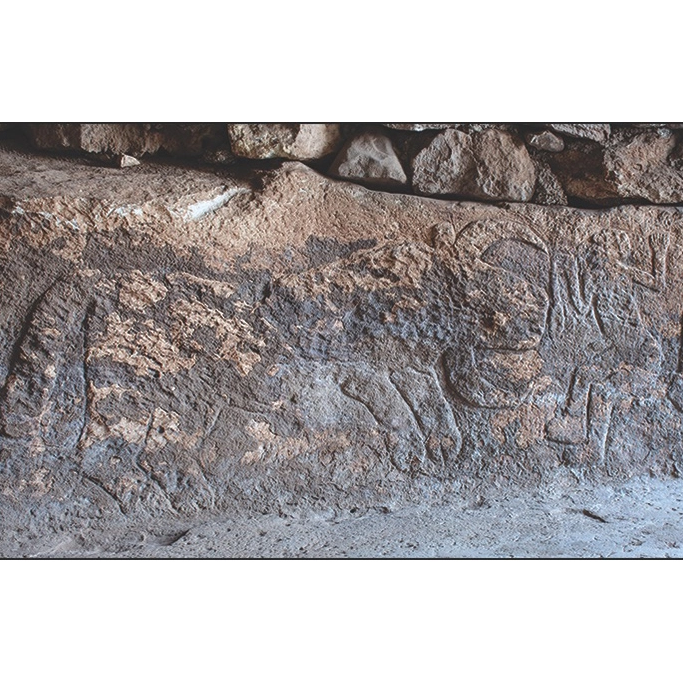A few months ago, 275 artifacts were saved from a shipwreck that’s been missing for over 160 years!
The Franklin Shipwreck happened in the 1800s. Basically, what happened was the HMS Erebus and the HMS Terror both set out from England in 1845.
They set off, they were headed toward the Northwest Passage, and they never returned. It’s a huge story, so go check it out.
Nobody was ever found, no ship was ever found either, neither of the ships, until 2014.
And that is where we are joining up with our story today.
So the Erebus–like I said, there’s the Erebus and the Terror–the Erebus was found just off the northwest coast of King William Island in Nunavut, and the Terror was found shortly after.
One of the divers said that the Erebus looks like it’s in really good shape. Drawers and doors were even all closed, which is fun because then it’s kind of like, oh everything is like nice and neat and tidy.
So far, 275 artifacts have been removed from the Erebus and brought up to land, and these include stoneware plates, platters, serving dishes, drafting implements, and a leatherbound notebook.



